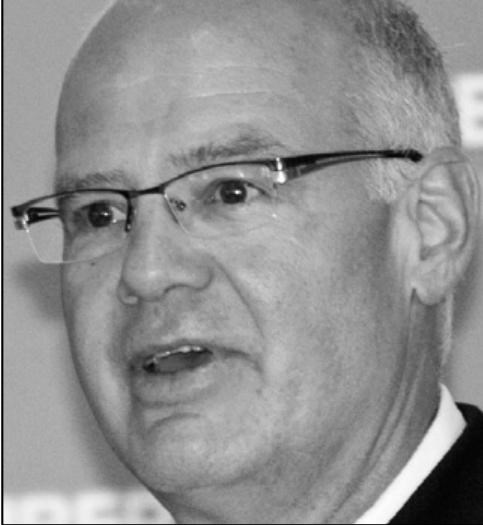Greater Victoria municipalities are looking at whether a last-ditch attempt to fix underground pipes could cut the bill for sewage treatment, but it's too late to affect the project's $783-million sticker price, they have been told.
Politicians on the Capital Regional District's sewage committee mused last week about whether a quick blitz of repairs to leaky pipes, which let rainwater into the system, could cut flow - and costs - to the planned sewage treatment system.
New estimates show households could pay between $232 and $391 a year for sewage treatment, depending on the municipality. The treatment system is set to go online in 2018.
The figures prompted some politicians, such as Victoria Mayor Dean Fortin, to question whether a rush on repairs to hundreds of kilometres of leaky old pipes might translate into savings on sewage treatment.
Water that leaks into the system - which engineers call inflow and infiltration - increases the volume that needs to be treated at the plant.
It's an enormous problem in Greater Victoria, where stormwater can balloon sewage flow by 200 to 400 per cent of the normal rate, according to CRD figures.
Victoria and Oak Bay, where the problem is worst, will essentially be paying millions to unnecessarily treat their rainwater.
Victoria has estimated it needs to spend $30 million over the next 15 years to repair or replace aging sanitary sewer pipes.
Fortin asked the CRD sewage committee whether quadrupling Victoria's $900,000 annual budget for inflow and infiltration and spending it in a single year to "whack down our flow rate" would lower the city's share of the bill.
Not really, according to CRD staff.
The size and capacity of the treatment plant are already set, based upon flow estimates and growth projections from the seven municipalities, said CRD chief administrative officer Kelly Daniels.
Even if a municipality fixed its pipes to lower its flow, it wouldn't change the overall $783-million capital cost, Daniels said. The only savings would be in the share of the annual operating costs, which are currently estimated at $15 million a year.
But there, too, things get complicated.
Because the system has fixed capacity and costs, cutbacks in one community mean prices rise in another, Daniels said. There's also a complicated cap-and-trade system to swap and buy unused sewage capacity.
Politicians on the sewage committee have wrestled with the impact of leaky pipes since 2009, when some called for a regional study of broken-pipe costs before designing the treatment system. It didn't happen.
Esquimalt Mayor Barb Desjardins said she was disappointed more repairs weren't done back when it could have made a difference to the size of treatment plant.
"I'm frustrated by that, because here we are now saying we can deal with [inflow and infiltration] and it will reduce our operating costs, but we could have done so much more than that," she said.
Some communities, such as Saanich, will try to reduce sewage costs by encouraging water conservation and things like low-flow toilets, said Saanich Coun. Judy Brownoff.
Oak Bay, where households are set to pay the most for sewage treatment, has a different problem. Its high costs reflect an ancient pipe system that mixes stormwater and sewage in the Uplands area, inflating the flow for treatment.
Separating the Uplands system would cost $14 million, said Oak Bay Mayor Nils Jensen.
"We have a plan in place that we're going to be taking forward," Jensen said. "But it could take five, 10 or 20 years before we see a significant reduction in terms of the rainwater we have to treat."



